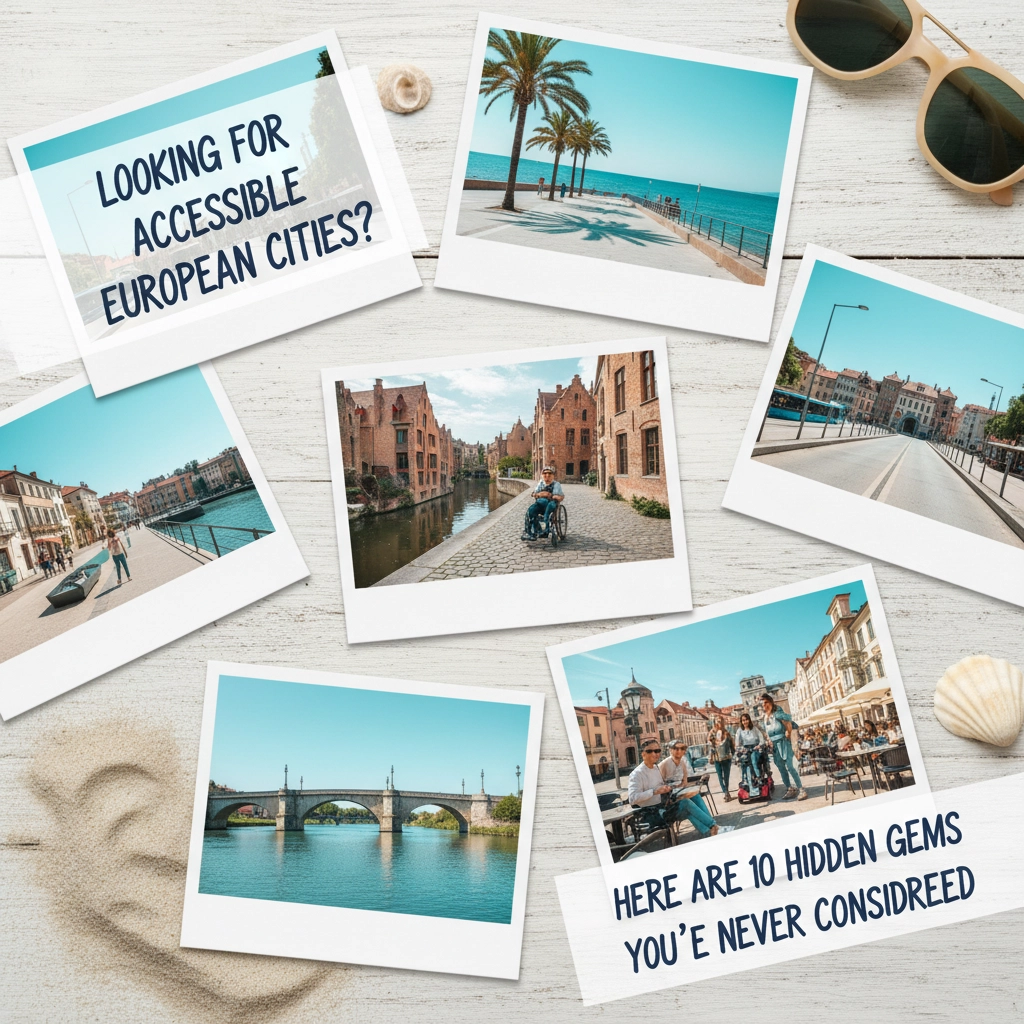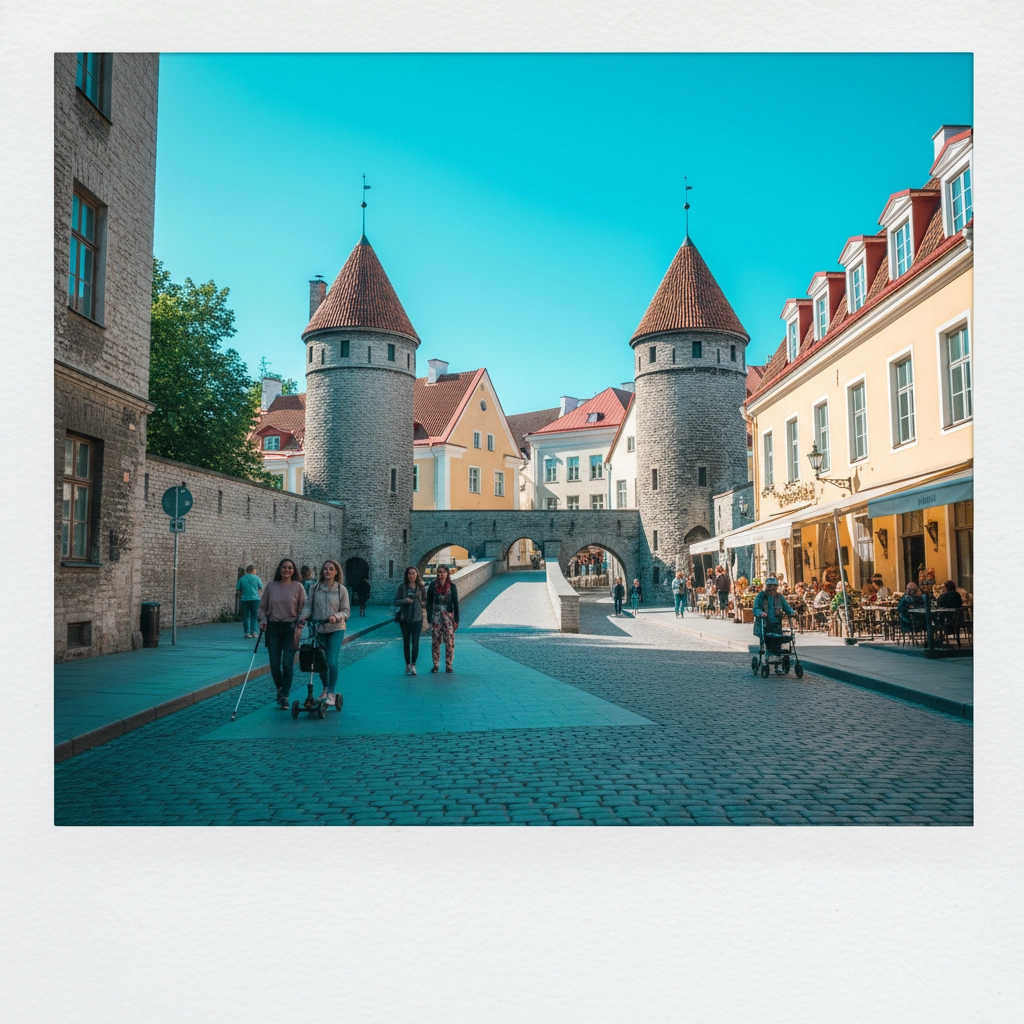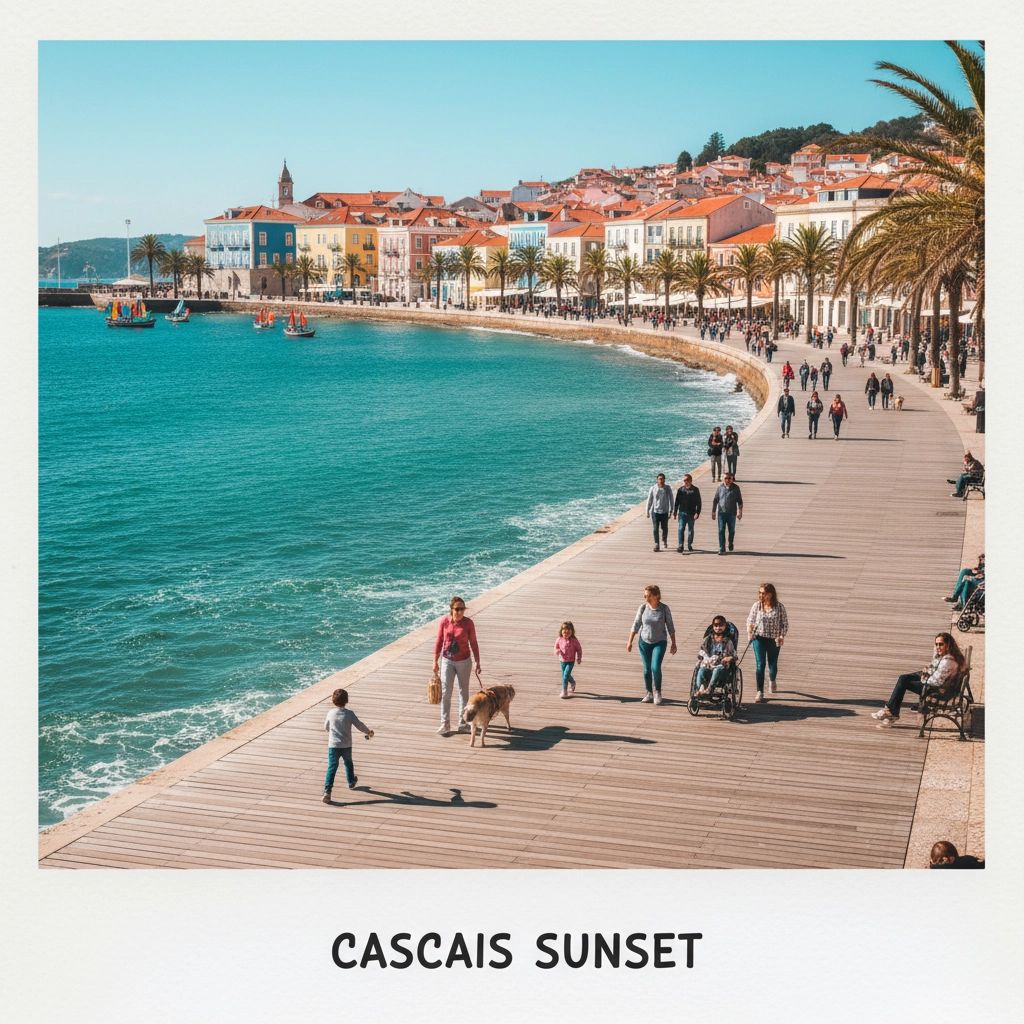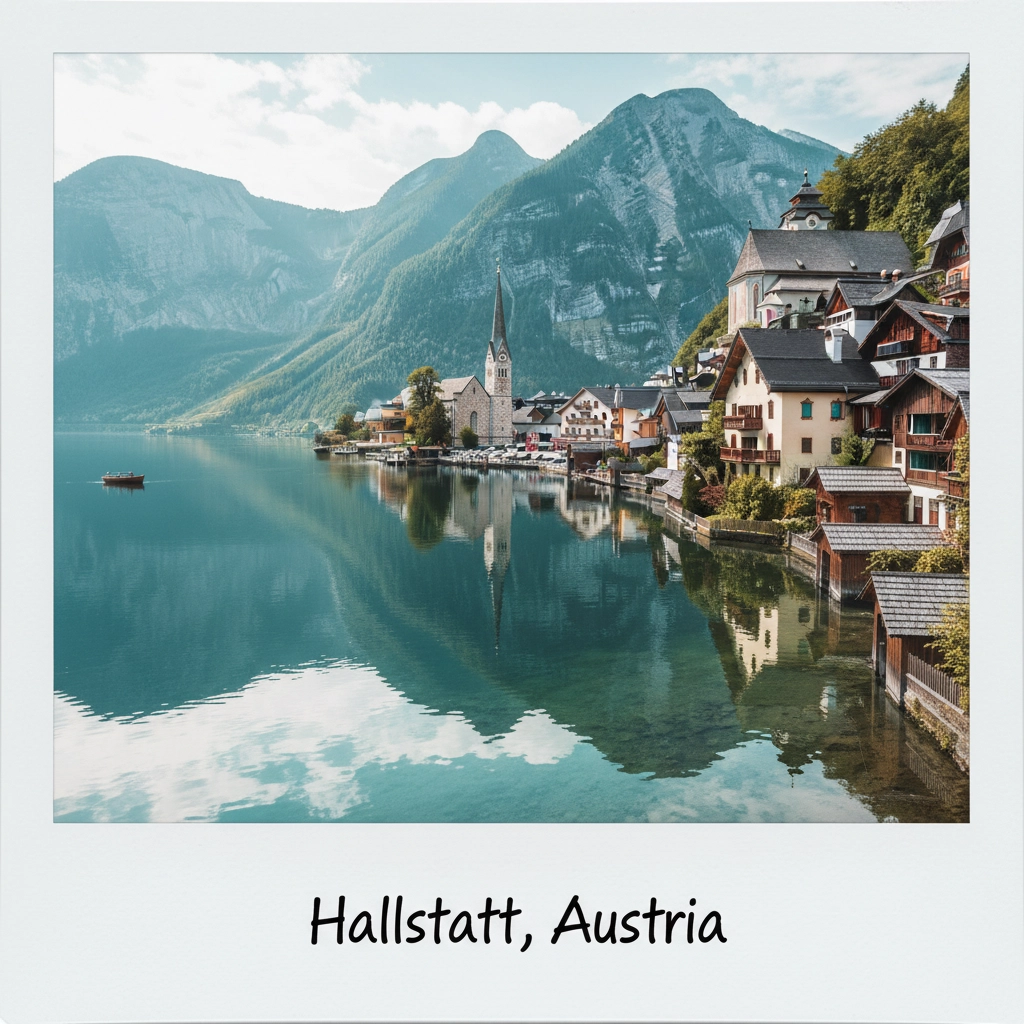Looking For Accessible European Cities? Here Are 10 Hidden Gems You've Never Considered

When planning your accessible European adventure, you might automatically think of Paris, Rome, or London. While these cities are wonderful, Europe's true treasures often lie beyond the obvious choices. These hidden gems offer authentic experiences, stunning beauty, and excellent accessibility – all without the overwhelming crowds and inflated prices of their famous neighbors.
We've discovered some absolutely remarkable destinations that welcome travelers with support needs while providing genuine cultural experiences. Each of these cities has something special to offer, and we think you'll be pleasantly surprised by what they can provide for your next adventure.
Medieval Magic in the Baltics
Tallinn, Estonia feels like stepping into a fairy tale, with its remarkably well-preserved medieval Old Town surrounded by ancient limestone walls. What makes this destination truly special is how wonderfully un-touristy it feels, especially during shoulder seasons like September. The city center is compact and largely pedestrianized, making navigation straightforward for travellers using mobility aids.
The Estonian capital brilliantly balances historical charm with modern conveniences. You'll find excellent accessibility in newer areas, while the medieval quarter offers ramped access to many attractions. Most restaurants and cafes have embraced universal design principles, and the local tram system provides step-free access throughout the city.
Riga, Latvia offers another Baltic treasure with its UNESCO World Heritage Old Town delivering that quintessential European fairy-tale atmosphere. The cobblestone streets might seem challenging, but the city has invested significantly in accessibility improvements. Many of the major attractions, including the stunning Riga Opera House, provide excellent facilities for visitors with support needs.
What we love about Riga is its vibrant art scene – the underground galleries and cultural spaces are increasingly accessible, and the massive Central Market (housed in former Zeppelin hangars) offers level access throughout. The city feels genuinely authentic, and locals are incredibly welcoming to international visitors.

Charming French and German Alternatives
Colmar, France delivers everything you'd expect from a French destination – timber-framed houses, canal-side dining, and that unmistakable Alsatian charm – but in a wonderfully intimate setting. Often called the "Little Venice of France," Colmar provides a much more manageable experience than its larger cousins.
The city center is predominantly flat, with excellent pedestrian areas and accessible public facilities. Many of the charming restaurants along the canals have made thoughtful accessibility adaptations, and the local tourist office provides detailed accessibility maps. You'll find this destination particularly welcoming during autumn when the crowds thin out and the colors are absolutely spectacular.
Ljubljana, Slovenia combines Central European elegance with remarkable value for money. The Slovenian capital sits beautifully along the Ljubljanica River, with leafy riverbanks providing perfect wheelchair-accessible walking routes. The city center is car-free, which creates a peaceful atmosphere and makes navigation much easier for everyone.
What's particularly impressive about Ljubljana is how the city has integrated accessibility into its urban planning. The castle is accessible via funicular railway, major attractions provide excellent facilities, and the local buses feature low-floor designs with audio-visual announcements.
Coastal Gems Worth Discovering
Cascais, Portugal offers everything you'd want from a Portuguese coastal experience – stunning Atlantic views, excellent seafood, and that relaxed Mediterranean lifestyle – without the tourist saturation of the Algarve. The seafront promenade is fully accessible, and many of the beachside restaurants have made thoughtful adaptations for diners with different needs.
The town sits just 30 minutes from Lisbon by accessible train, making it perfect for a day trip or longer stay. Local attractions, including the fascinating museums and cultural centers, have embraced inclusive design principles. You'll also find that many accommodations have been specifically designed with accessibility in mind.
Bari, Italy brings together authentic Italian culture with excellent transport links as a major port city in Puglia. The historic old town might present some navigation challenges with its narrow streets, but the newer areas provide excellent accessibility, and the seafront areas are wonderfully level and spacious.
What makes Bari special is its genuine local atmosphere – you'll experience real Italian life rather than tourist-focused experiences. The local accessibility improvements have been significant in recent years, particularly around the main cultural sites and along the beautiful coastal areas.

Alpine and Island Retreats
Hallstatt, Austria might look almost too picturesque to be real, but this lakeside village offers surprisingly good accessibility for an alpine destination. The main village areas are relatively flat, and the stunning lake views are accessible to everyone. While some of the hillside areas require more mobility, the core attractions and dining options are well-designed for visitors with support needs.
The journey to Hallstatt itself is part of the experience – accessible trains connect to the ferry service, which accommodates wheelchairs and mobility aids. Local accommodations have increasingly focused on universal design, making this fairy-tale destination genuinely welcoming.
Saas-Fee, Switzerland transforms from a bustling ski resort in winter to a peaceful mountain retreat during summer months. The car-free village provides a calm environment that's perfect for travelers who prefer quieter settings. The cable car system to Mittelallalin (at 3,500 meters) is fully accessible and offers some of the most spectacular alpine views in Europe.
What we particularly appreciate about Saas-Fee is how the tourism infrastructure has been designed with accessibility in mind from the ground up. Hotels, restaurants, and attractions consistently provide excellent facilities, and the village layout makes navigation straightforward.
Murano, Italy offers a completely different experience from mainland Venice while remaining easily accessible via water taxi. Once the day-trippers leave, this glass-making island transforms into a peaceful retreat where you can experience authentic Venetian island life.
The main walkways are level and well-maintained, and many of the famous glass workshops provide accessible viewing areas. You'll find this destination particularly rewarding if you prefer cultural experiences without overwhelming crowds.

Cultural Capitals Off the Beaten Path
Budapest's Castle District provides some of Europe's most spectacular urban views from its UNESCO World Heritage hilltop location. While the castle area sits on elevated ground, the funicular railway system provides excellent access, and once you're there, the main attractions are well-connected by level pathways.
The cultural attractions, including the Hungarian National Gallery and Mátyás Church, have invested significantly in accessibility improvements. The restaurants and cafes in the area increasingly offer step-free access and thoughtful design for diners with different needs. Those stunning Danube River views? They're accessible to everyone.
Making Your Hidden Gem Adventure Happen
These destinations prove that Europe's most rewarding experiences often come from exploring beyond the obvious choices. Each offers something unique – whether it's medieval charm, coastal beauty, alpine tranquility, or cultural richness – while providing the accessibility features and welcoming atmosphere that make travel truly enjoyable.
Most of all, these hidden gems offer genuine value for money and authentic cultural experiences. You'll find yourself interacting with locals rather than just other tourists, discovering family-run restaurants instead of tourist traps, and creating memories that feel truly personal and meaningful.
Why not explore one of these remarkable destinations for your next European adventure? Each provides its own special magic while ensuring that every traveler can participate fully in the experience.
If you'd like help planning your accessible adventure to any of these hidden gems, get in touch with us today and we can make it happen. We specialise in creating tailored, accessible holidays that let you focus on enjoying your travels rather than worrying about the logistics. We look forward to hearing from you soon and helping you discover your own European hidden gem.
